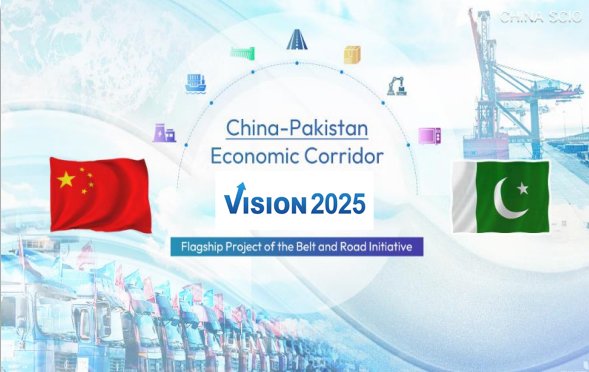By Dr. Hina Shahid, Expert on Eurasian Region and Advisor on BRI, Head Department of Arts and Media, Foundation University Islamabad, and Member Board of Experts, PRCCSF
Introduction: The China-Pakistan Economic Corridor (CPEC), the flagship project of China’s Belt and Road Initiative (BRI) in Pakistan, has entered a new decade. Guided by the CPEC Vision 2025, it continues to symbolize the enduring All-Weather Strategic Partnership between China and Pakistan.
Designed to link Gwadar Port in southwestern Pakistan with China’s Xinjiang region, CPEC comprises a vast network of highways, railways, and pipelines. This connectivity boosts trade, strengthens infrastructure, and promotes economic integration between the two nations.
From “1+4” Model to Comprehensive Development
CPEC began under the “1+4” framework: CPEC as the core project, Development of Gwadar Port, Energy sector improvements, Transport infrastructure upgrades, Industrial cooperation
Over the years, it has expanded into large-scale infrastructure, economic zones, and regional connectivity initiatives. To date, 33 projects have been completed and 30 are under construction, reflecting consistent progress.
Strategic Importance for China and Pakistan
From China’s perspective, CPEC supports its western development strategy, accelerates BRI projects, and builds a new open economic system.
From Pakistan’s viewpoint, CPEC offers: Industrial capacity enhancement, Balanced regional development, Improved public well-being, Economic modernization, Strengthened domestic peace and stability
Economic and Social Impact
Despite criticism, including debt-trap concerns, CPEC has transformed Pakistan’s infrastructure and economy. Achievements include:
-
Modernized transportation networks, Enhanced port connectivity, Improved energy supply
-
Establishment of Special Economic Zones (SEZs), Growth in local employment and livelihoods through Public Sector Development Programs
Regional Connectivity and Trade Opportunities
CPEC’s reach extends beyond Pakistan and China. It reduces transportation costs and time, while providing Central Asian states with vital access to international markets. This positions Pakistan as a crucial regional connectivity hub.
Challenges and the Road Ahead
Environmental concerns, geopolitical tensions, and global skepticism remain challenges. However, CPEC continues to advance toward its 2030 goals, strengthening China-Pakistan ties and expanding regional influence.
Conclusion: CPEC is more than an infrastructure project—it is a strategic partnership with transformative potential. As it enters its second decade, it positions Pakistan as a global trade gateway, fostering economic growth, regional stability, and international cooperation.





